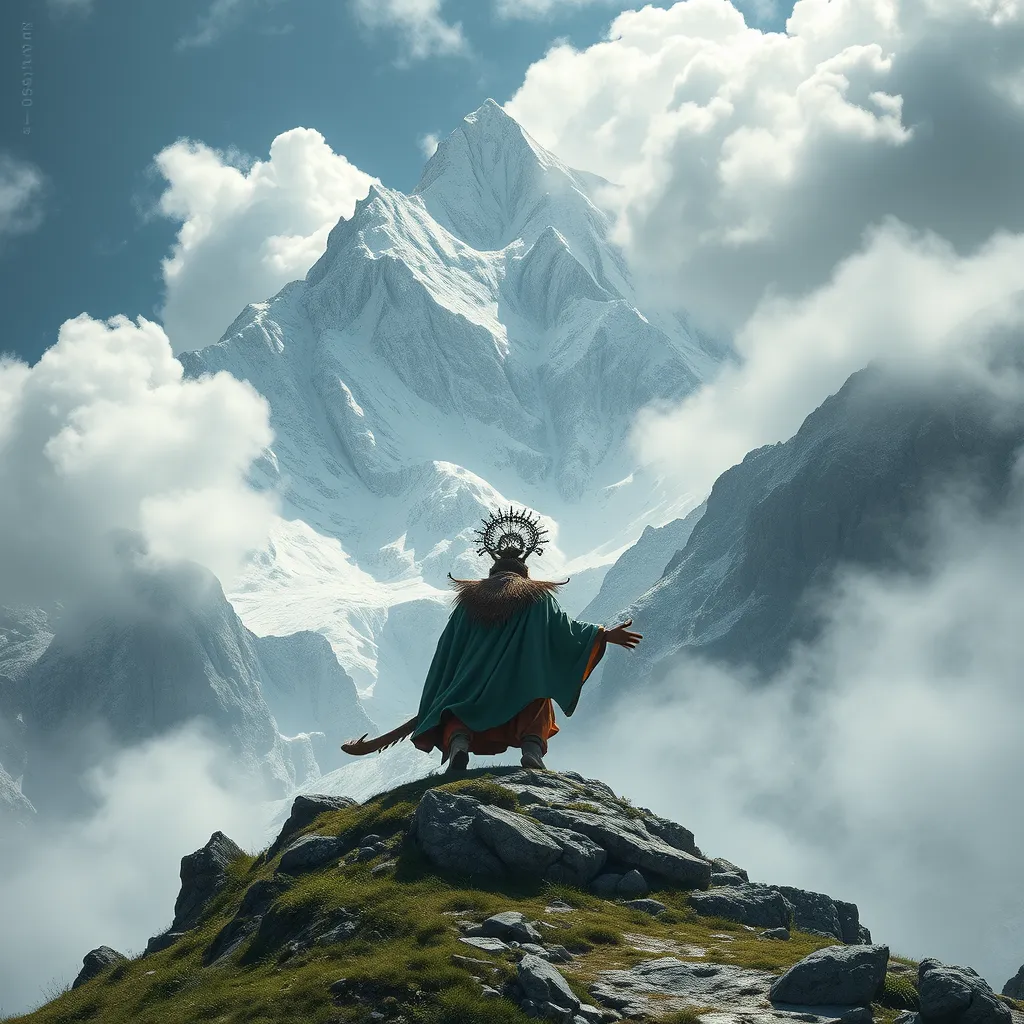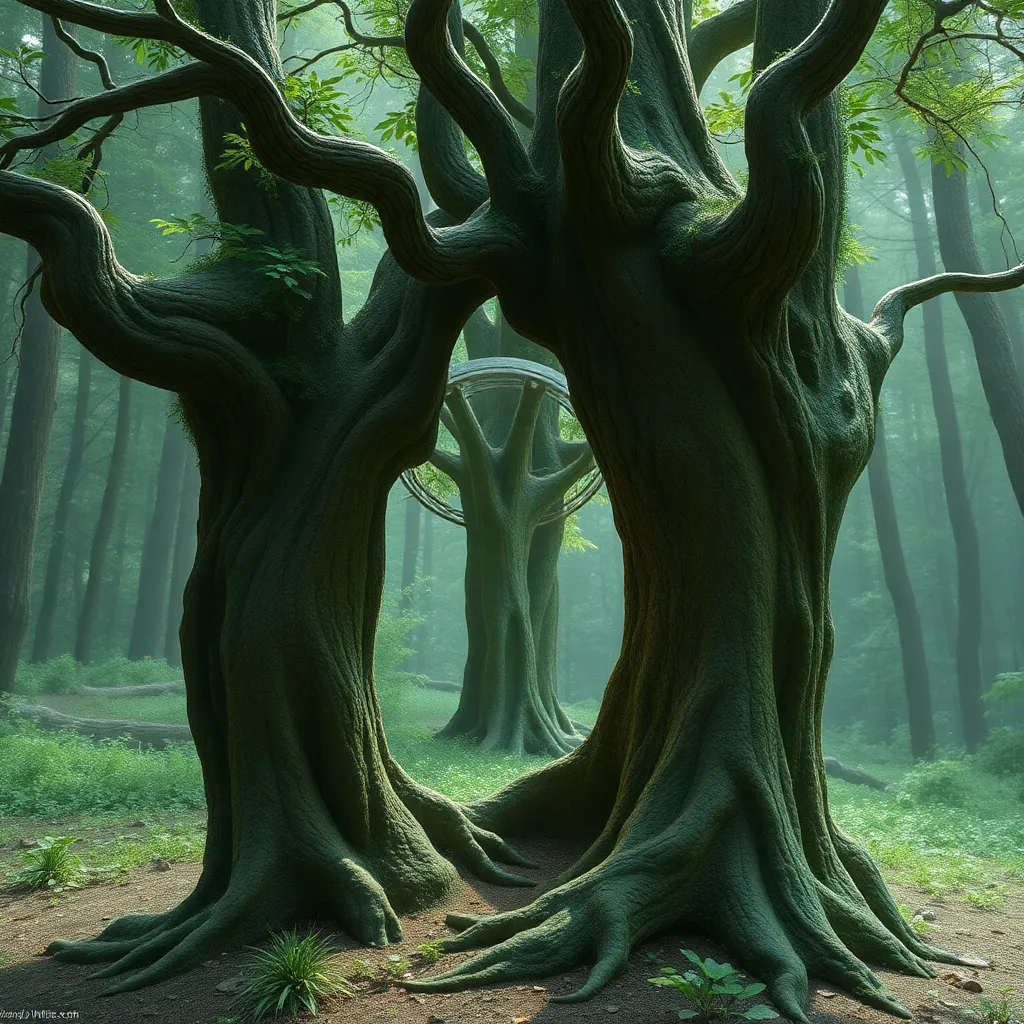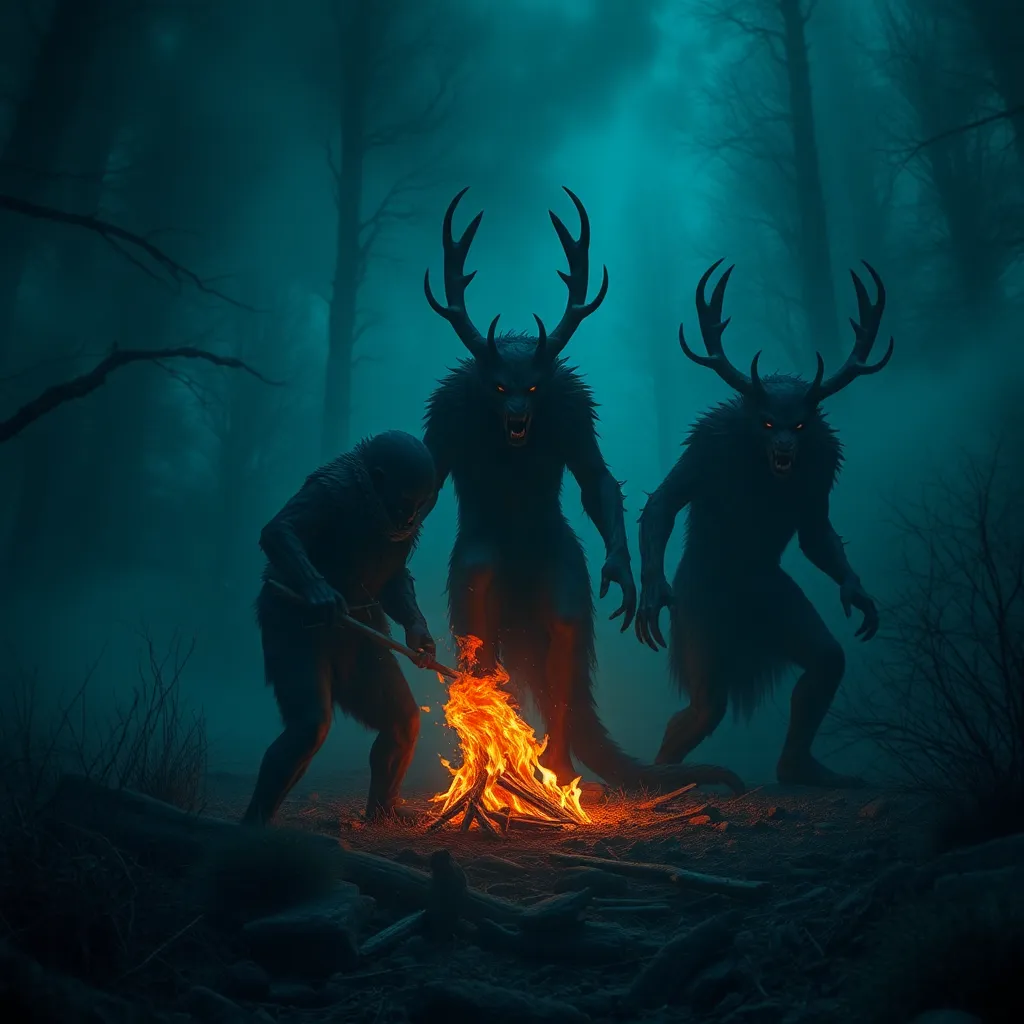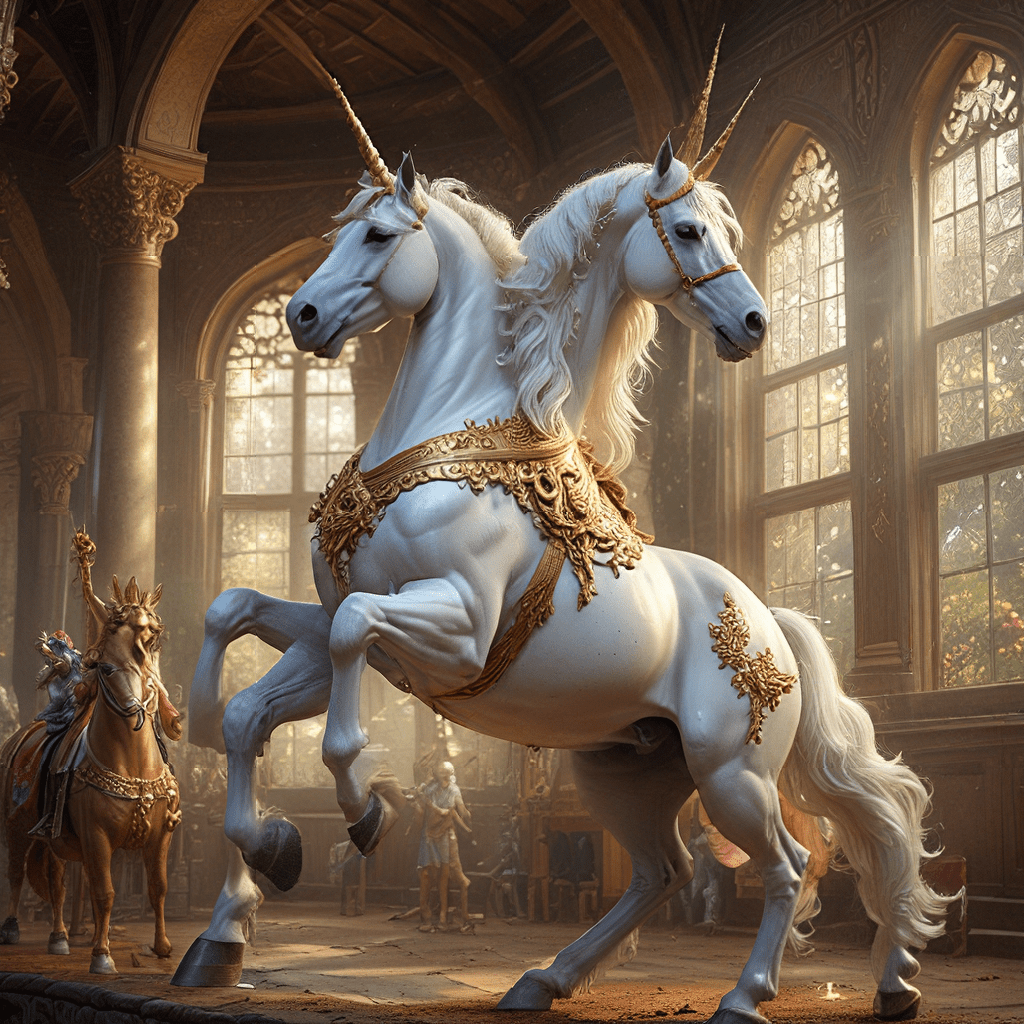The Giant of the Mountain Pass: A Tibetan Legend of the Migoi
I. Introduction
Tibetan folklore is a rich tapestry woven with legends, myths, and tales that reflect the profound spirituality and cultural heritage of the Tibetan people. These stories serve not only as entertainment but also as vehicles for moral lessons, cultural identity, and a deep connection to the natural world. Among these legends, the tale of the Migoi, a giant creature believed to inhabit the remote mountain passes, holds a special place in the hearts and minds of Tibetans.
This article delves into the Migoi legend, exploring its origins, significance, and the various narratives that shape its place in Tibetan culture. By examining the Migoi through a cultural lens, we aim to highlight its role as a symbol of nature and spirituality, as well as its relevance in modern Tibetan society.
II. The Origins of the Migoi Legend
The Migoi has deep historical roots in Tibetan culture, with references dating back centuries in oral traditions and ancient texts. It is often seen as a guardian of the mountains, embodying the spiritual essence of the landscape.
- Historical roots: The Migoi is thought to have originated from ancient Tibetan beliefs in nature spirits and deities that inhabit the mountains.
- Early accounts: Oral traditions recount encounters with the Migoi, often depicting it as a protector of the environment.
- Symbolism: The Migoi symbolizes the relationship between humans and nature, representing both the dangers and the majesty of the natural world.
III. Description of the Migoi
The Migoi is often described as a massive creature, towering over the landscape. Its physical characteristics have been depicted in various ways, but common attributes include:
- Height: Typically described as being over 10 feet tall.
- Fur: Covered in thick, shaggy fur that varies in color.
- Eyes: Large, expressive eyes that are said to reflect intelligence and a deep connection to the earth.
Culturally, the Migoi’s appearance has been interpreted in various ways, often reflecting the fears and hopes of the communities that tell its tales. It is considered a guardian of the mountains, embodying both the beauty and the ferocity of nature.
IV. The Mountain Pass: Setting of the Legend
Mountain passes hold immense geographic and spiritual significance in Tibetan culture. They are not only vital for trade and travel but also serve as metaphysical thresholds between the material and spiritual worlds.
- Geographic significance: Mountain passes are often the highest points in the terrain, providing breathtaking views and challenging journeys.
- Spiritual significance: These locations are seen as sacred spaces where one can connect with the divine and encounter mystical beings like the Migoi.
- Famous passes: Notable passes associated with Migoi legends include the Khamba La and the Namtso Lake Pass.
The interplay between nature and legend in Tibetan storytelling gives life to the Migoi, weaving it into the very fabric of the landscape.
V. Key Stories and Anecdotes Involving the Migoi
Throughout Tibet, various stories and anecdotes recount encounters with the Migoi, each reflecting the unique cultural context of the region.
- Famous tales: One popular story tells of a shepherd who, while tending to his flock, encountered the Migoi and was spared due to his respectful demeanor.
- Regional variations: In some regions, the Migoi is depicted as a trickster, while in others, it is viewed strictly as a guardian.
- Lessons and morals: Many Migoi stories carry lessons about humility, respect for nature, and the importance of living in harmony with the environment.
VI. The Migoi in Modern Tibetan Culture
Despite the passage of time, the Migoi remains a relevant figure in contemporary Tibetan society. Its representation can be seen in various forms of art, literature, and media.
- Continued relevance: The Migoi is celebrated during festivals and cultural events, symbolizing the resilience of Tibetan traditions.
- Artistic representation: Artists often depict the Migoi in paintings and sculptures, capturing its majestic presence.
- Cultural identity: The Migoi serves as a powerful symbol of Tibetan cultural identity and heritage, reminding people of their connection to the land.
VII. Comparative Legends: The Migoi and Other Mythical Creatures
When comparing the Migoi to other mythical creatures, particularly the Yeti, intriguing similarities and differences emerge.
- Similarities with the Yeti: Both are large, elusive creatures associated with high-altitude regions and often regarded as guardians of the mountains.
- Differences: The Migoi is more closely linked to Tibetan spirituality, while the Yeti has gained broader recognition in global folklore.
- Universal themes: The legends of giants and guardians resonate across various cultures, highlighting humanity’s enduring fascination with the unknown.
VIII. Conclusion
The Migoi stands as a significant figure in Tibetan culture, embodying the complex relationship between humans and nature. Through its stories, the Migoi teaches lessons of respect, humility, and the importance of preserving the environment.
Legends like that of the Migoi play a crucial role in preserving cultural heritage, connecting generations through shared narratives. As we reflect on the enduring power of storytelling, we recognize how these tales continue to bridge the past and present, ensuring that the spirit of the Migoi lives on in the hearts of the Tibetan people.



